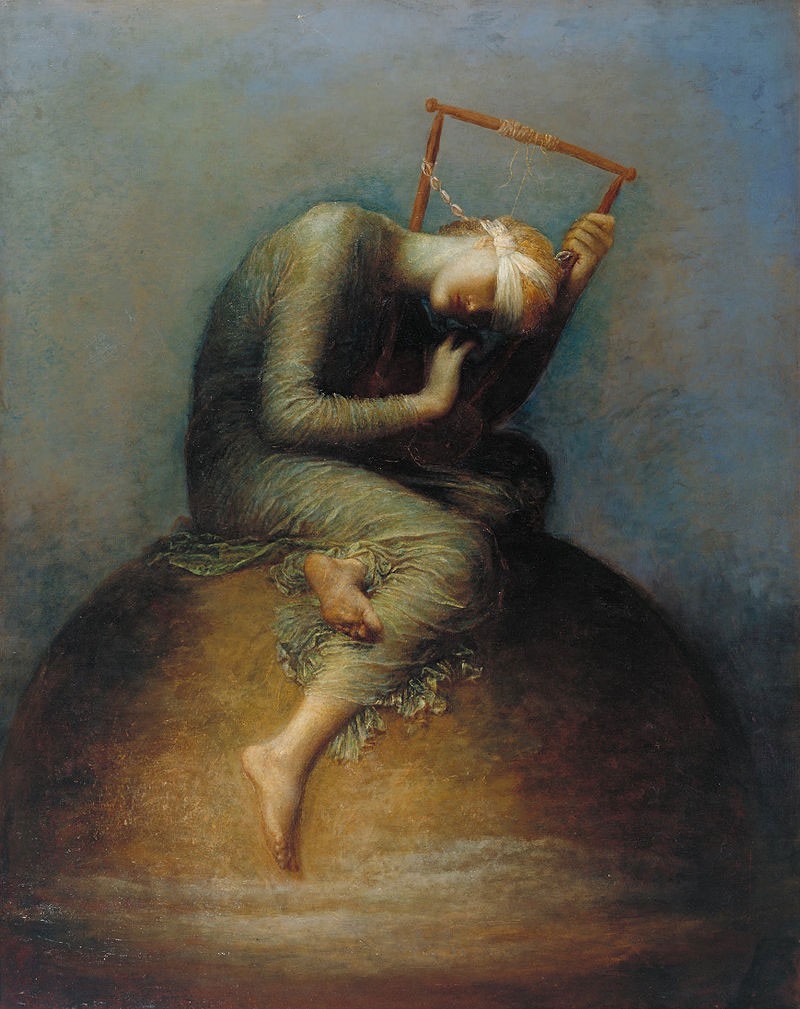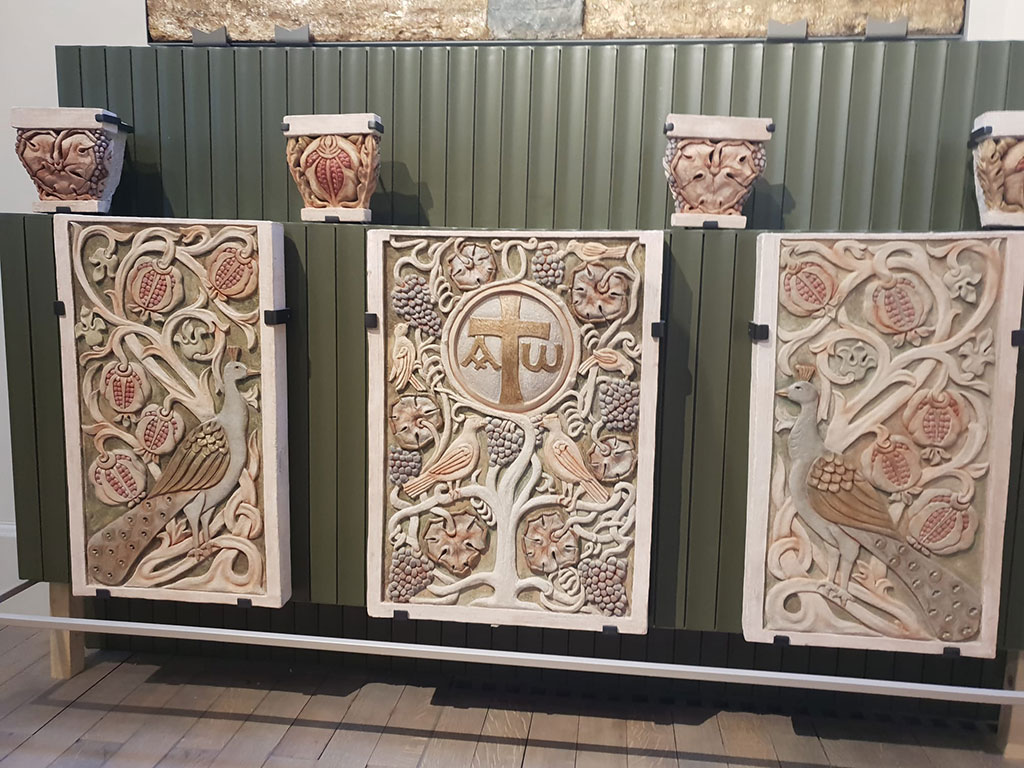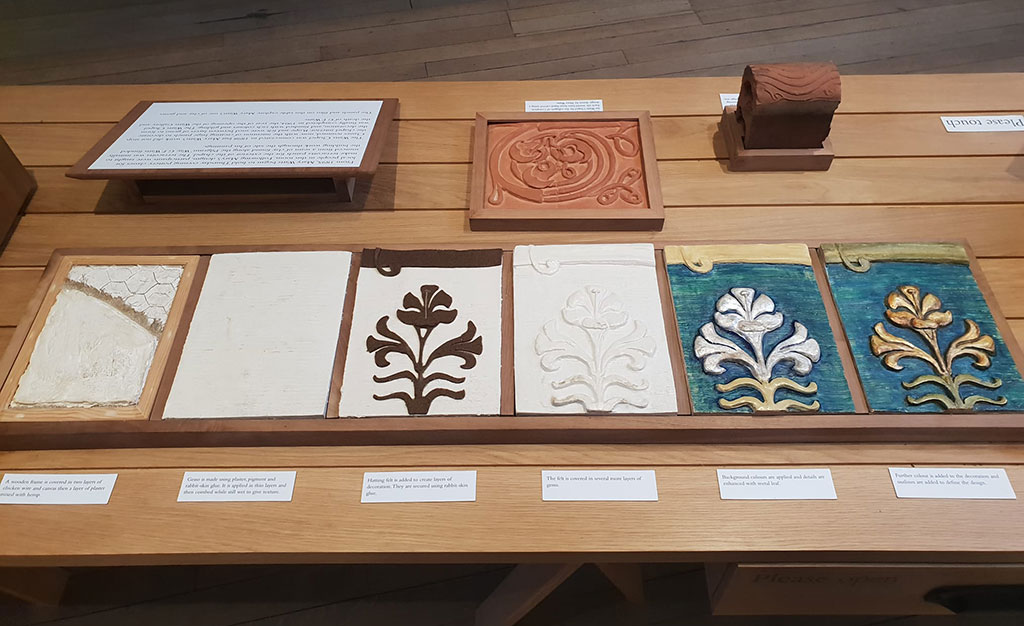Space to Create

When you visit the Watts Gallery, enjoying G.F.'s superb paintings and sculptures and wondering around the workshops and studios in the Artist's Village, make sure you take a wander up to the house.
Designed by the great Arts & Crafts architect, Sir Ernest George, the house was to be an autumn and winter retreat for Watts and his wife, Mary. George suffered with bad health largely caused by the smogs in London so they visited friends in Surrey to seek a brief respite from it. On arriving, they fell in love with Compton - a village near Guildford nestled in the Surrey Hills - and made the decision to build a residence and studio for themselves there.

In July 1891, they took possession of the ‘little house’ and named it Limnerslease. ‘Limner’ is an old English word for artist and ‘lease’ meaning to glean hope for the future as in a new lease of life. It certainly became a place that inspired them hugely and led to an outpouring of creativity. George set up a new studio designed with his large canvases in mind. It had to have good light and allow him the space and freedom to work on the many unrealized pieces that he had been contemplating throughout his career.

Whilst Mary, an artist and art tutor, immersed herself in design and architecture passing on her knowledge and love of design to the community. Over 70 villagers are known to have attended her terracotta pottery classes which gave rise to the construction of the Watts Chapel.

Within the house, today, you can view items made in those classes and find information on how they were made. In the above photo, we are shown the series of steps taken to make a decorative plaque. The first step is to make a frame and layer it with chicken wire and canvas and then plaster-infused hemp. Thin layers of gesso are combined with it whilst the plaster is still wet to create a textured surface. Onto the dried surface, the decoration is built up using hatting felt and rabbit skin glue. When the design is finished, more layers of thin gesso are brushed over the whole plaque. Solid background colour is applied and some areas gilded with metal leaf. To finish, the decoration is given definition with more graduated colour and dark outlines.
